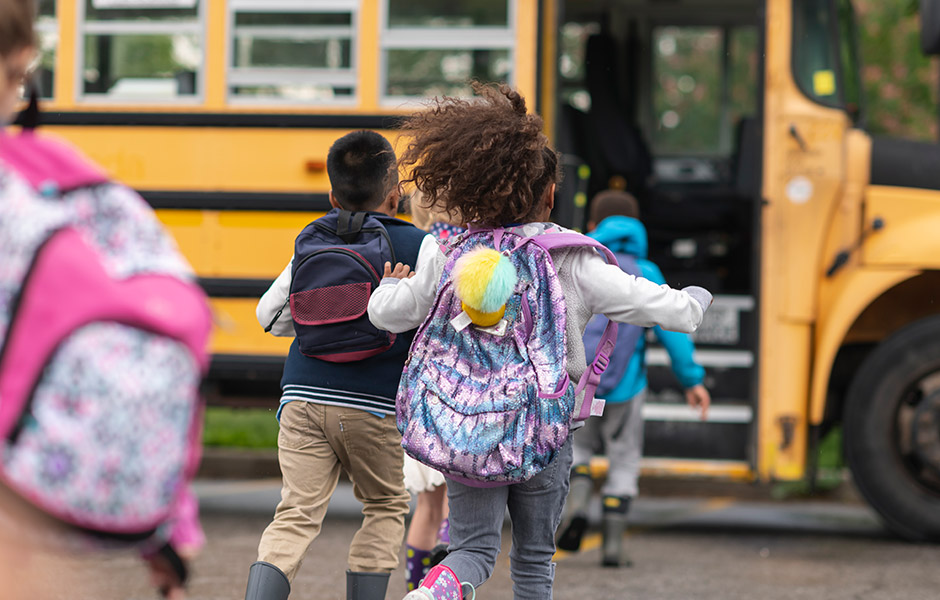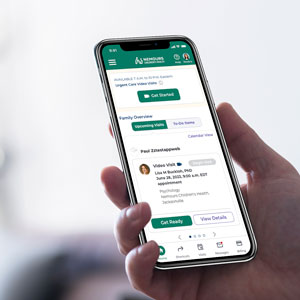Improving the Lives of Children With Asthma
As health care continues to rapidly change, health care leaders increasingly understand that we must shift our efforts upstream. We must focus on preventing illness and promoting health, rather than just treating medical problems as they arise.
Take our community-based interventions to improve the well-being of children with asthma, for example. The project is just one demonstration of tangible steps we can take to improve children’s wellness beyond the medical setting.
Childhood Asthma Prevention and Management
In 2012, Nemours Children’s Health partnered with the Center for Medicare and Medicaid Innovation (The Innovation Center). Our goal was to prevent and manage asthma in a targeted pediatric population in Delaware through the Optimizing Health Outcomes Award.
Our asthma prevention strategy focused on four key elements:
- A family-centered medical home integrated with behavioral health.
- Community health workers to identify the highest risk patients and meet individual needs.
- Community health liaisons and partners to work on larger systems issues.
- Innovative use of technology through a partnership with schools.
Harnessing Technology to Improve Well-Being

Our program created change at both the individual and systems levels by strengthening community infrastructure. For example, we gave school nurses access to the Nemours Children’s Health EHR (electronic health record) and asthma action plan for asthma registry patients, with parent permission.
Today, we’re still using technology to improve asthma outcomes. Specifically, we recently built an app to assist children with asthma management.
Asthma Management App
Our Nemours mobile app is designed to help children with chronic disease management, starting with solutions for asthma. The app leverages 24/7 on-demand telehealth services, as well as other digital health services, including educational materials and a patient portal. The goal of the app is two-fold:
- To provide the necessary tools to help children manage chronic conditions, including easy access to telehealth for urgent needs.
- To provide clinicians with understanding of how their patients experience and deal with asthma between visits.
We use remote patient monitoring (RPM) to capture information between clinical visits and feed it into our electronic health record in real-time. The data help us make better, more informed treatment decisions for patients

System-Level Changes
On a structural level, part of our asthma improvement project included funding community health liaisons to identify and work on community issues. Examples of challenges the team found and helped address included:
asthma triggers in public housing
confusion over when inhalers had run out of medication
school bus engine idling
use of bleach-based cleaners (rather than vinegar-based ones)
Strategic Initiatives Lead to Excellent Results
Our initiatives to improve the well-being of children with asthma have yielded transformative results. In two years, we saw:
A 60% decrease in asthma-related Emergency Department visits
Cost reduction of $533 per child per quarter for patients on the asthma registry
Significant decrease in the number of asthma-related hospitalizations
Significant increase in the number of patients with a referral to a community resource
Early Care and Education
Our asthma project is just one example of how we can partner with community members to implement preventive strategies. We also partner with experts in early care and education settings to promote health and improve well-being.


